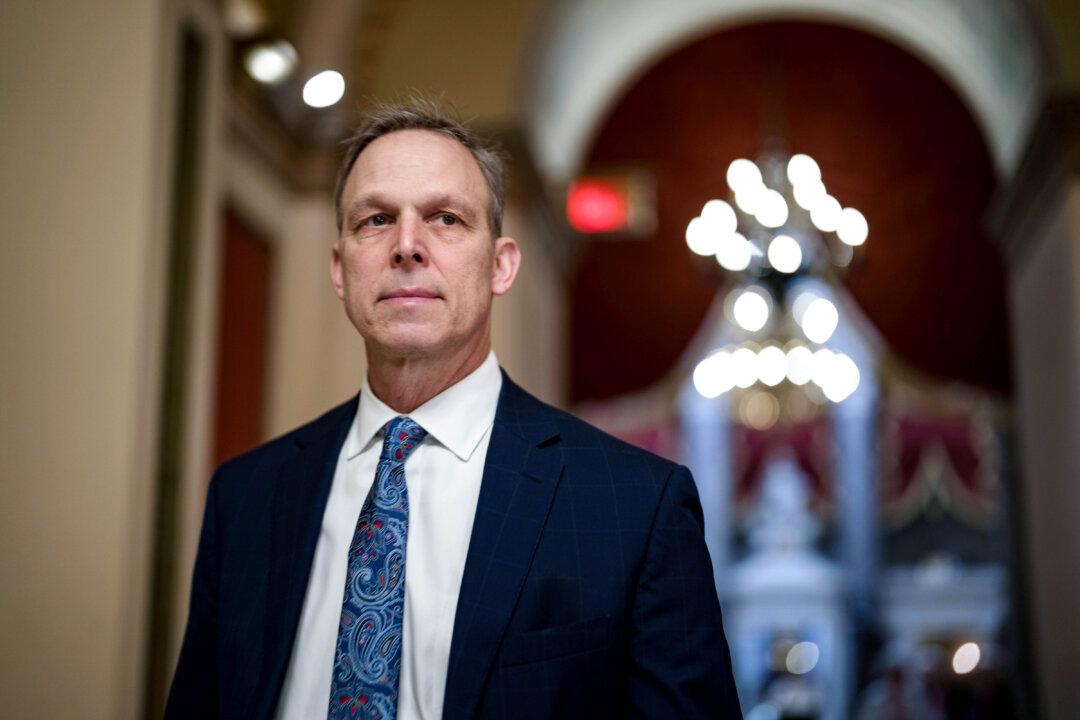Almost 7.1 million patients in England were waiting to start their hospital treatment in September, up from 7 million in August, the latest National Health Service (NHS) statistics show.
Waiting times at the Accident and Emergency Department (A&E) also hit a new record high, with 594,389 people waiting for longer than four hours before being admitted, transferred, or discharged in October.
By the end of September, 7.07 million people referred for hospital treatment were on waiting lists, the highest number since the record began in 2007, and 60 percent higher than the number in February 2020 (4.4 million).
Meanwhile, 5.7 percent (401,537) of patients on waiting lists have waited for more than a year, compared with 387,257 in August and 1,613 in February 2020, just before the number started to rocket.
It fell in the later months of 2021 after a crackdown on long waits but has bounced back up this year.
Cancer and Diagonostic
According to provisional data for September, 72.56 percent (182,830) of suspected cancer patients were seen by a specialist within two weeks of an urgent referral while 7.8 percent (19,635) were seen after 28 days.Around 60.5 percent of those who were urgently referred for suspected cancer got their first definitive treatment within 62 days since referral, slightly down from August (61.9 percent).
Counting from the date of diagnosis, 91.1 percent of all cancer patients got their first definitive treatment within 31 days, slightly lower than the percentage in August (92.1 percent).
In September, 1,554,651 people were waiting for diagnostic tests, up from 1,512,216 in August and slightly down from a record-high 1,568,914 people waiting in March.
A&E
A&E patients have also been stuck in hospital lobbies or on trolleys in record numbers.In October, only 69.3 percent of the A&E patients were seen within four hours, the first time the number dropped below 70 percent.
The operational standard is that at least 95 percent of patients attending A&E should be admitted, transferred, or discharged within four hours, but this has not been met since 2015.
The number fell below 80 percent for the first time in July 2021 and kept deteriorating after that.
After a decision to admit, 150,922 people had to wait for more than four hours for a bed while 43,792 people waited for more than 12 hours, both record-high numbers.
The Royal College of Nursing, said experienced nurses’ salaries are 20 percent worse off in real terms compared to ten years earlier, demanding a pay rise of 5 percent above inflation, while the government said it cannot afford to give nurses a 17.6 percent pay rise.
Excess Deaths
According to figures published by the Office for National Statistics, in 17 of the last 21 weeks, England and Wales have seen higher excess deaths than in the same weeks during the COVID-19 pandemic.The Department of Health and Social Care previously told The Epoch Times that “analysis is ongoing” on the causes of elevated excess deaths and that early investigation suggests circulatory diseases and diabetes may be partly responsible for the majority of excess deaths.
Speaking to The Epoch Times in August, Jamie Jenkins, former head of health analysis and labour market analysis at the ONS, and diagnostic pathologist Dr. Clare Craig said “a number of different factors” may have contributed to excess deaths, including an aging population, overstretched health and care resources, increased diabetes and psychological stress during the COVID-19 pandemic, adverse reactions to COVID-19 vaccines, and delayed diagnoses due to the pandemic.
Jenkins also said the shortage of care staff, exacerbated during the pandemic after the government sacked unvaccinated care workers, also piled pressure on the A&E department as hospital patients who are “ready and fit to be discharged but we don’t have the carer in the community to look after them.”
“Because the patients can’t get into A&E, you’ve got ambulances waiting outside and … they’re not available to go and pick up new patients who might be dying for an emergency,” he said.
NHS Medical Director Sir Stephen Powis said, “There is no doubt October has been a challenging month for staff, who are now facing a tripledemic of Covid, flu, and record pressure on emergency services with more people attending A&E or requiring the most urgent ambulance callout than any other October.”





